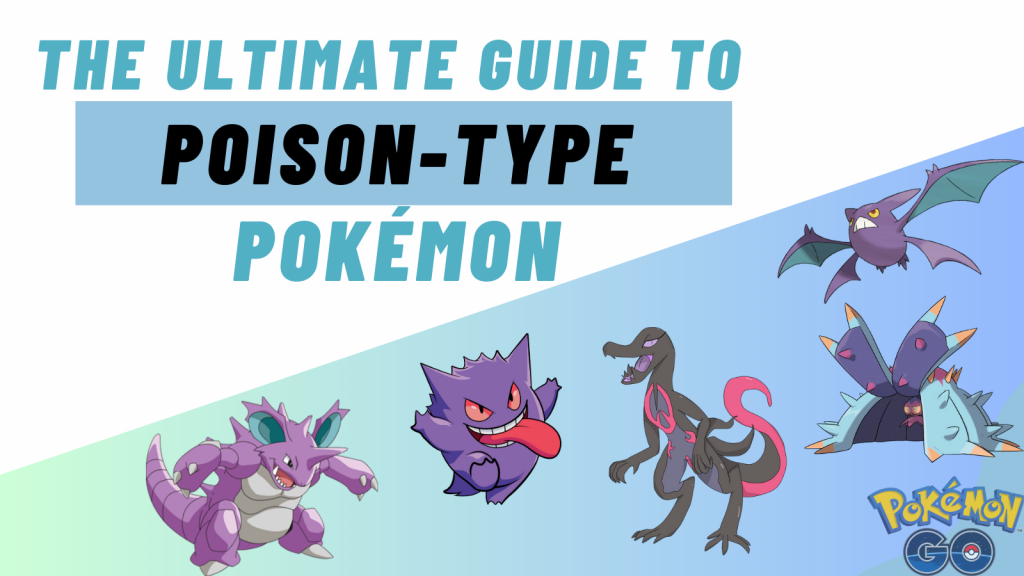Poison-type Pokémon are some of the most interesting and unique creatures in the Pokémon universe. Known for their toxic abilities and deadly attacks, these Pokémon are a force to be reckoned with. In this guide, we will explore everything you need to know about Poison-type Pokémon, from their strengths and weaknesses to their evolution and movesets.
What Are Poison-Type Pokémon?
Poison-type Pokémon is a type of elemental creature that is known for its ability to poison other creatures. These Pokémon are typically found in urban areas and can be identified by their purple color and sludgy appearance. Poison-type moves are also some of the most effective in the game, making Poison-type Pokémon a favorite of many trainers.
Strengths of Poison-Type Pokémon
Poison-type Pokémon have a number of strengths that make them a valuable addition to any team. Here are just a few of the advantages of using Poison-type Pokémon:
- They are immune to Poison-type moves and can’t be poisoned.
- They are strong against Grass-type and Fairy-type Pokémon.
- They can use Toxic to slowly wear down their opponents over time.
- They have access to a number of powerful moves, including Sludge Bomb and Poison Jab.
Weaknesses of Poison-Type Pokémon
While Poison-type Pokémon have many strengths, they also have a few weaknesses that can make them vulnerable in battle. Here are some of the disadvantages of using Poison-type Pokémon:
- They are weak against Psychic-type and Ground-type moves.
- They are vulnerable to Steel-type Pokémon, which are immune to Poison-type moves.
- They have a limited pool of offensive moves compared to other types.
Notable Moves and Abilities
Poison-type Pokémon are known for their toxic attacks and ability to inflict status conditions on opposing Pokémon. Some of their most notable moves include:
- Toxic: This move poisons the target and causes them to take increasing amounts of damage over time.
- Poison Jab: This move has a high chance of poisoning the target and can deal solid damage.
- Sludge Bomb: This move deals heavy damage and has a chance of poisoning the target.
In addition to their moves, Poison-type Pokémon also have several notable abilities that can be useful in battles. Some of these abilities include:
- Poison Point: This ability has a chance of poisoning any Pokémon that makes physical contact with the user.
- Corrosion: This ability allows Poison-type moves to affect Steel-type Pokémon, which are normally immune to Poison-type attacks.
The Top Poison-Type Pokémon to Use
If you’re looking to build a team of Poison-type Pokémon, there are several top picks to consider. Some of the most popular and powerful Poison-type Pokémon include:
- Gengar: A Ghost/Poison-type Pokémon with high Special Attack and Speed stats
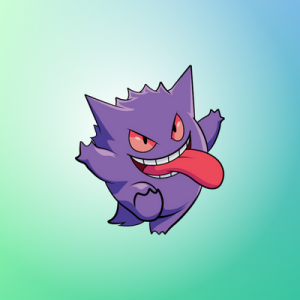
- Toxapex: A Water/Poison-type Pokémon with high Defense and Special Defense stats, and access to Toxic Spikes, a move that lays down hazards that poison opposing Pokémon.
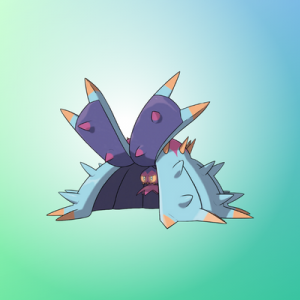
- Salazzle: A Fire/Poison-type Pokémon with high Special Attack and Speed stats, and access to Corrosive Gas, a move that poisons all opponents and can bypass their abilities.

- Nidoking: A Poison/Ground-type Pokémon with high Attack and Defense stats, and access to powerful moves like Earthquake and Poison Jab.
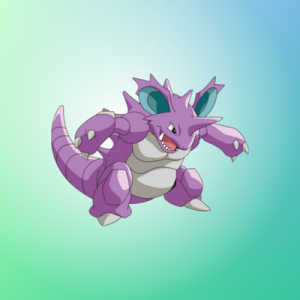
- Crobat: A Poison/Flying-type Pokémon with high Speed and access to moves like Toxic and Brave Bird.
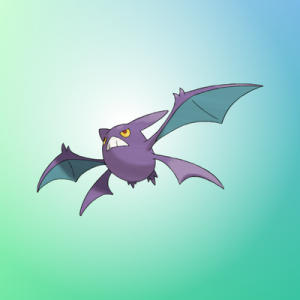
When building a team of Poison-type Pokémon, it’s important to consider not just the individual strengths and weaknesses of each Pokémon, but also how they can complement each other in battle. For example, a Poison/Flying-type like Crobat can be paired with a Ground-type like Nidoking to cover each other’s weaknesses. Nidoking can take care of any Ground-type moves that would threaten Crobat, while Crobat can help take out any Grass or Fairy-type Pokémon that Nidoking may struggle against.
Another important factor to consider when building a team is the abilities of each Pokémon. For example, Toxapex’s Regenerator ability allows it to switch out and heal a portion of its HP, making it a great defensive pivot. Gengar’s Cursed Body ability has a chance of disabling the opponent’s move when it takes damage, making it a great disruptive force in battle.
In addition to their individual strengths, Poison-type Pokémon can also be a valuable asset in team-based battle formats like Doubles or VGC (Video Game Championships). In these formats, players must use a team of four or six Pokémon to battle against other players. Poison-type Pokémon can be especially useful in these formats because of their ability to spread status conditions like Poison or Bad Poison to multiple opponents.
Overall, Poison-type Pokémon are a diverse and powerful group of creatures that can be a valuable addition to any team. Whether you’re playing in a casual setting or competing in a high-stakes tournament, their unique strengths and abilities make them a force to be reckoned with. With the right strategy and a bit of luck, you’ll be well on your way to becoming a top Pokémon trainer.
If you want to get the exact locations of Pokemon in your area, check out our real-time interactive Pokemon map.

